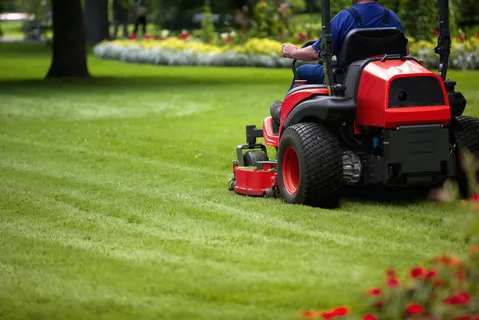Maintaining a healthy lawn is a goal for many homeowners and landscapers alike. One of the essential aspects of lawn care that often gets overlooked is the relationship between grass mower cutting heights and lawn health. Proper mowing practices not only enhance the appearance of your lawn but also contribute significantly to its long-term vitality.
Why Cutting Height Matters
The cutting height of your grass mower refers to how much of the grass blade is trimmed during mowing. Setting the correct cutting height is crucial because it influences how well your grass can grow, retain moisture, and resist pests and diseases. Cutting too short can stress the grass, while cutting too high may leave your lawn looking untidy.
Ideal Cutting Heights for Different Grass Types
Different grass species require different mowing heights to thrive. For example:
- Cool-season grasses like Kentucky bluegrass and fescue generally do best when cut between 2.5 to 3.5 inches.
- Warm-season grasses such as Bermuda and zoysia prefer shorter mowing heights, typically between 1 to 2 inches.
Understanding grass mower cutting heights and lawn health means knowing the type of grass you have and adjusting your mower accordingly.
Impact of Cutting Height on Lawn Health
Root Development and Moisture Retention
Longer grass blades shade the soil, reducing evaporation and promoting deeper root growth. When the cutting height is set too low, the roots become shallow and less able to absorb water and nutrients, weakening the lawn’s resilience during drought or heat stress.
Disease Prevention
Grass cut at the appropriate height is less prone to fungal diseases. Taller grass blades improve air circulation near the soil surface, reducing the damp conditions that fungi thrive in.
Weed Control
Maintaining the correct mower height helps your grass compete effectively against weeds. If the grass is cut too short, weeds gain a competitive advantage by receiving more sunlight and space.
Tips for Proper Mowing Practices
- Avoid cutting more than one-third of the grass blade at a time to prevent shock.
- Keep mower blades sharp to ensure clean cuts and reduce damage to the grass.
- Adjust your mower’s cutting height seasonally based on grass growth and weather conditions.
Conclusion
Understanding grass mower cutting heights and lawn health is fundamental to cultivating a vibrant and resilient lawn. By setting the correct mower height, you can enhance root development, prevent disease, and keep weeds at bay. Paying attention to this simple yet crucial aspect of lawn care will ensure your grass remains lush and healthy throughout the year.



